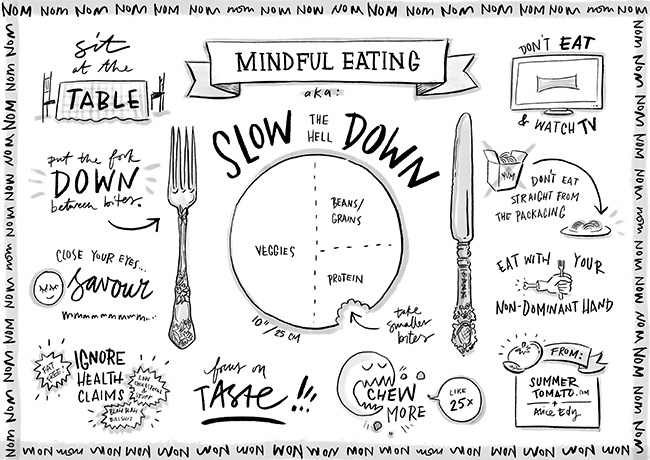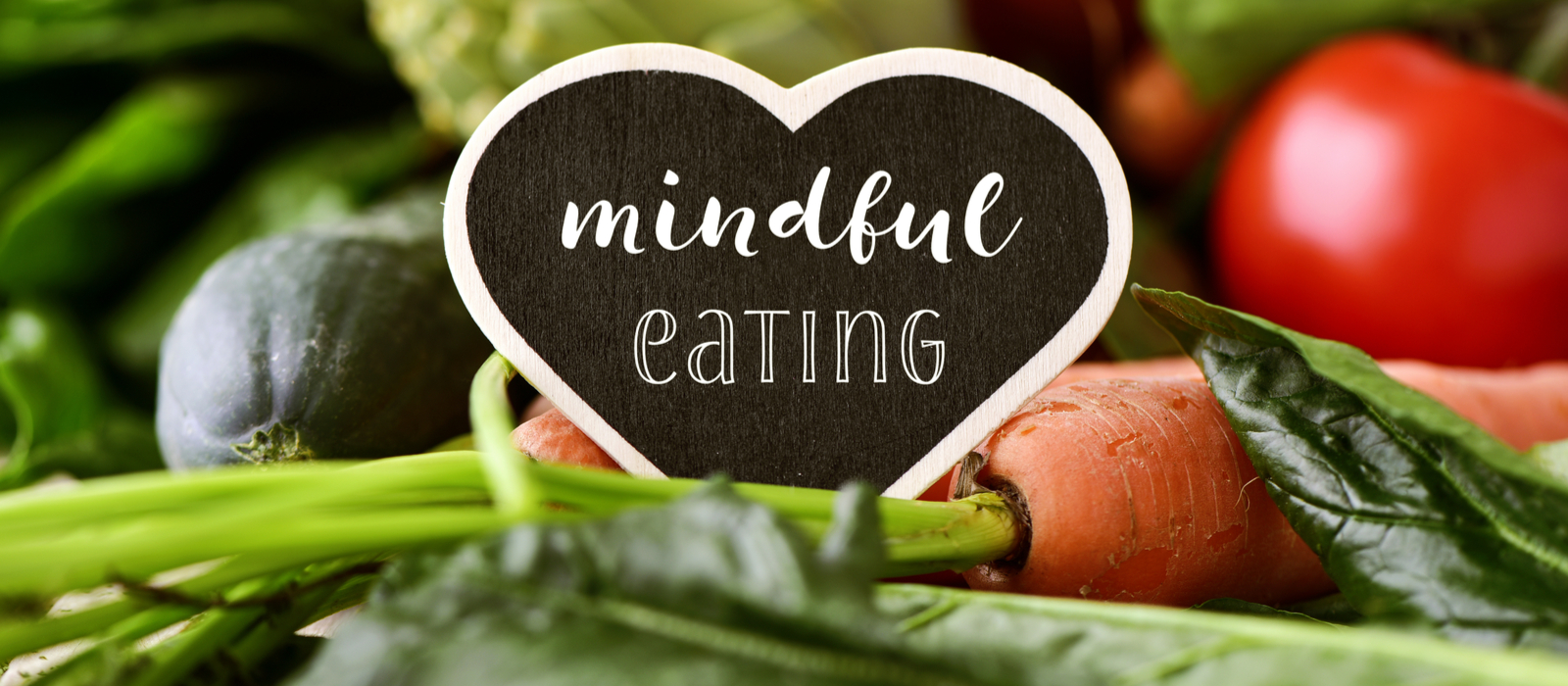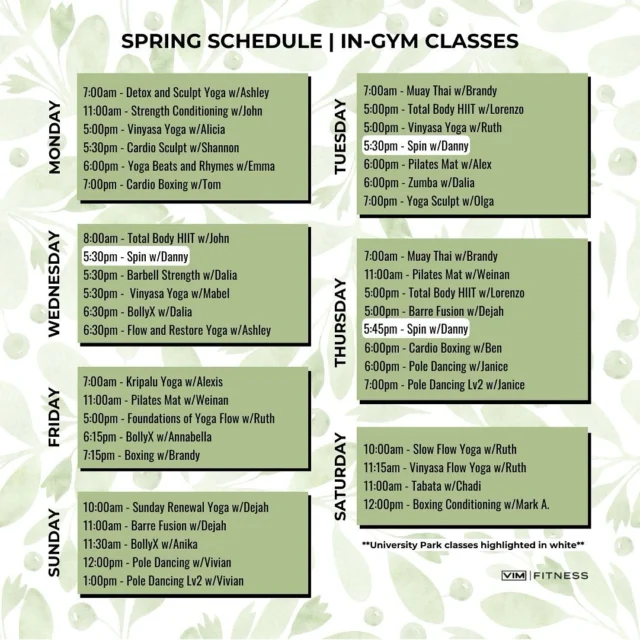The benefits of mindfulness and meditation are seemingly endless.
The mental and physical benefits of slowing down, breathing and quieting the mind are advertised across every form of social media, news feed and literature. But how, exactly, does mindfulness apply to food? How can we practice mindful eating?
First of all, your stomach and your mind are connected by what’s called the enteric nervous system. You know that feeling when you look up #foodporn and then your belly starts to grumble? Yup, that’s it. It also works the other way around: when you’re eating nutrient-dense food, you’re happier. When you gorge on some greasy fried food, you get an endorphin high for a bit, and then your mood plummets.
Often times people underestimate the power the mind can have over choices, emotions and physical feelings. But if these examples are not enough, try it yourself. If you pause, close your eyes, and just focus on your breath for a few minutes, you may notice your responses to hunger cues have changed. Because when you start to tune in to your mind and body, the distracting stimuli of the world fade away. Now you recognize whether you’re actually hungry, or if that was just a tasty-looking photo.

Mindfulness and meditation take practice, just like lifting weights.
Your brain is like a muscle that needs to be flexed and challenged often if it is to get stronger or develop a new habit. A short, simple, daily meditation practice can help change your attitude towards food and actually aid in weight loss.
If weight loss is not your goal, meditation can help you better enjoy your food, and become more aware of how your body feels in response to food.
After a few weeks of daily meditation, usually it starts to become easier to quiet your mind. Don’t get frustrated if it seems like a daunting task that never improves – this is natural and will ease with practice. You just have to let go of your goals, return to your breath, and let yourself make mistakes. It’s ok! Let the thoughts come and go.
In our always-working society, people are multitasking while eating. If you can, try to put away distractions for just 20 minutes and really think about your food. Chew it fully, place your fork down in between every bite. Focus on the flavor, the texture, and how it feels to eat each bite of food. When you’re finished, notice how you feel. Do you still feel hungry? Are you full or satisfied? By practicing mindfulness when eating, you can become more in-tune with your hunger cues. You may find you’re not as hungry as you initially thought, or that a certain food is more flavorful than you realised. Mindful eating makes you not only feel more satisfied, but also more grateful for the nourishment you’re getting and more positive after your meal has ended.
I could attempt to list all the holistic health benefits of meditation, but I will leave that for your googling pleasures. But today, challenge yourself to one meal or snack where you remove all distractions, slow down and truly taste your food.
By incorporating mindfulness and meditation into your life, you’ll find you have no need for crash diets or binges; your body knows exactly how to eat.
Blog post written by Trainer, Sarah Oliver
VIM is now offering nutrition services with Trainer & Nutrition Coach, Christine Galvin!
Click below to find out how you can benefit from 1 on 1 Nutrition Coaching!
[button link=”https://vimfitness.com/nutrition/” text=”LEARN MORE” color=”green” size=”large” fullwidth=”true”]
















 LIMITED TIME DEALS FOR APRIL
LIMITED TIME DEALS FOR APRIL



 SPRING SCHEDULE
SPRING SCHEDULE




 Happy St. Patty’s Day
Happy St. Patty’s Day
